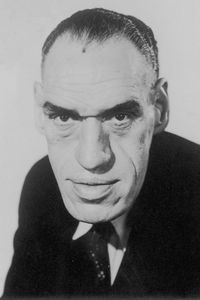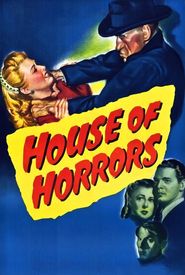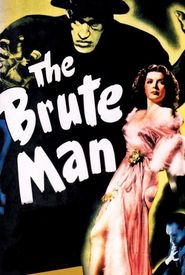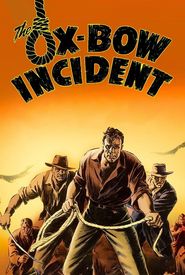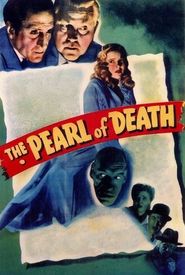Rondo Hatton was an only child born to Stewart and Emily Hatton in Hagerstown, Maryland. The family relocated to Tampa, Florida, in 1912, when Rondo was a high-school senior, and his father joined a family-owned business there. Rondo was apparently popular and a good athlete, particularly in football.
After leaving high school, Rondo joined the Florida National Guard to pursue a military career. He saw battle in the Mexican border war and then in France during World War I. Unfortunately, he was exposed to poison gas, resulting in lung injury, and was subsequently medically discharged from service and consigned to a pension.
Returning to Tampa, he took employment as a reporter for the Tampa Tribune, where he worked until 1936 when he moved to Hollywood. Sometime after his exposure to the poison gas, Rondo began to develop acromegaly, a slowly progressive medical condition that brings about deformation of bones in the head, hands, and feet, as well as internal and external soft tissues.
Acromegaly, a disorder of the pituitary gland, causes the body to resume production of growth hormone, but as the bone structure can no longer continue symmetric growth. According to all available sources, Rondo's acromegaly was a result of the poison gas he'd been exposed to, though it is almost always caused by a tumor on the pituitary.
Rondo's increasing disfigurement is thought to have led to his first divorce and certainly was responsible for his being noticed by director Henry King, who was shooting a movie, Hell Harbor (1930),near Tampa. Reporter Hatton was covering the filming, and King offered him a role.
Hatton continued his work as a reporter until after his second marriage in 1934; in 1936, he and his new, more faithful wife moved to Hollywood. Thereafter, Hatton appears to have subsisted primarily on bit parts or extra roles, with an occasional role substantial enough to earn him cast acknowledgment, until being cast for the role of the "Hoxton Creeper" in Universal's The Pearl of Death (1944).
Universal thereafter attempted to promote Hatton to horror film stardom because of his acromegalic appearance, including a burgeoning series about a spine-breaking maniac called "The Creeper." Around Christmas, 1945, Rondo suffered a mild heart attack, and, seemingly recovered. However, approximately one month later, Rondo suffered a major heart attack, which proved fatal.
Rondo's body was returned to Tampa for burial. In 1988, filmmaker Fred Olen Ray extensively researched Hatton's life, producing the sensitive article "Rondo Hatton: Monster Man" (referenced below),giving this man the graceful memorial he deserved.
